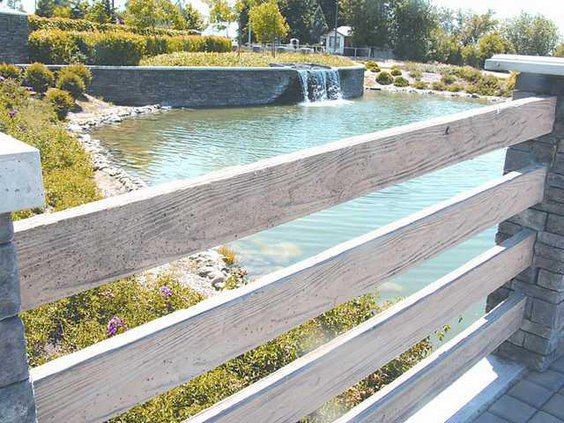Roughly a third of Manteca’s single family home owners may pay a combined $698,000 in 2013 to cover the cost of operating 33 landscape maintenance districts.
It will cost an average of $101 in 2013 for each of the 6,893 homes within the 33 districts. But not all LMDs are created equal.
• Woodward Park with 272 homes is $46.04 for the year. It covers just the cost of perimeter landscaping along Woodward Avenue and South Main Street. It doesn’t, contrary to some misconceptions, include the cost of maintaining Woodard Park.
• Union Ranch East with 481 lots has a target assessment of $292.96. That reflects a partial year of park maintenance, perimeter landscaping, and street light related costs.
• Ken Hill Estates - an 11-lot neighborhood off of Woodward Avenue west of Main Street is $639 for 2013. That covers median and perimeter landscaping costs. The assessment is high because the number of lots to spread the cost across is so small.
• Woodward Park West with 115 homes is $396 because in addition to perimeter landscaping on Woodward Avenue and Main Street it includes maintaining a small manmade lake that a faux bridge crosses at the neighborhood’s entrance.
• Sierra Creek, an 85-lot neighborhood in East Manteca, is $551 primarily for the cost of maintaining a green belt under a major power transmission line.
The City Council on Tuesday when they meet at 7 p.m., at the Civic Center, 1001 W. Center St., will declare their intention to set public hearings July 17 to levy and collect the annual assessments.
If you want to understand how Manteca’s current landscape maintenance district policy came into being you need to drive down Fishback Road just south of Sierra High as well as take a short lesson in municipal financial history.
The current sound wall and neighborhood landscaping standards along with the formation of LMDs started when frugal civic polices were implemented in the 1980s regarding subdivision development that was used to design a new collector street near Sierra High. Nearby residents did not like what they saw.
Manteca residents began to balk at attempts to continue the design that basically was a sound wall abutting a sidewalk with a few tree wells that bordered asphalt wide enough to accommodate five lanes. The cost to maintain the sound walls was minimal.
Residents stopped ‘Super Manteca Canyon’
They managed to stop a “Super Manteca Canyon” from going down Fishback Road to Daniels Street to the west of Sierra High. The initial – and final – segment that raised their ire can be seen immediately south of Wawona Street. The compromise is the landscaped median from the sound wall section to Daniels Street.
There were previous attempts to upgrade landscaping but sterile sound walls won out on new projects as no council member wanted city taxpayers to pick up the cost of maintenance. The dismal failure of the Magna Terra Home Owners Association in the neighborhood immediately north of Doctors Hospital had soured elected leaders on allowing HOAs as a way to pay for the upkeep of upgraded landscaping along corridors.
The birth of landscape maintenance districts (LMD) as a way of paying for upkeep of sound walls and upgraded landscaping came after Curran Grove, the 177-home neighborhood on the southeast corner of Powers and Yosemite avenues that replaced the old Spreckels Sugar almond orchard.
A split council had debated putting in place an LMD to allow more intense landscaping for Curran Grove. In the end, the argument that it was in effect creating taxes on future residents who would buy the homes won out until the council saw what that directive provided – a small corner of shrubs and tulips – along with the traditional Manteca tree in a concrete well approach to streetscape.
The ensuing debate after several council members expressed anger at staff for the results included one councilman who opposed the LMD making the statement that developers should have to pay for landscaping upkeep in perpetuity.
Chadwick Square was first LMD
Shortly thereafter a split council directed staff to start deploying LMDs. The initial results were the landscaping areas along Chadwick Square in northwest Manteca that ultimately led to other areas in Manteca receiving similar treatment including new segments of development along Louise Avenue and neighborhoods being built south of the Highway 120 Bypass.
It ha also allowed the city to plant grass under stretches of high-voltage power towers that cut a swath through Manteca and have buyers of nearby homes pay for maintenance. It is arguably a win-win since prior to that it was either left to go to weed creating an eye sore for neighbors or were incorporated into the back yards of homes.
The decision to start adding park maintenance and street light costs to LMD assessments in new developments started just before the onset of The Great Recession when city leaders became alarmed that the general fund costs were growing faster than revenues.
1 in 3 homes pay landscape fees
2013 cost projected at $698K for 6,893 homeowners





